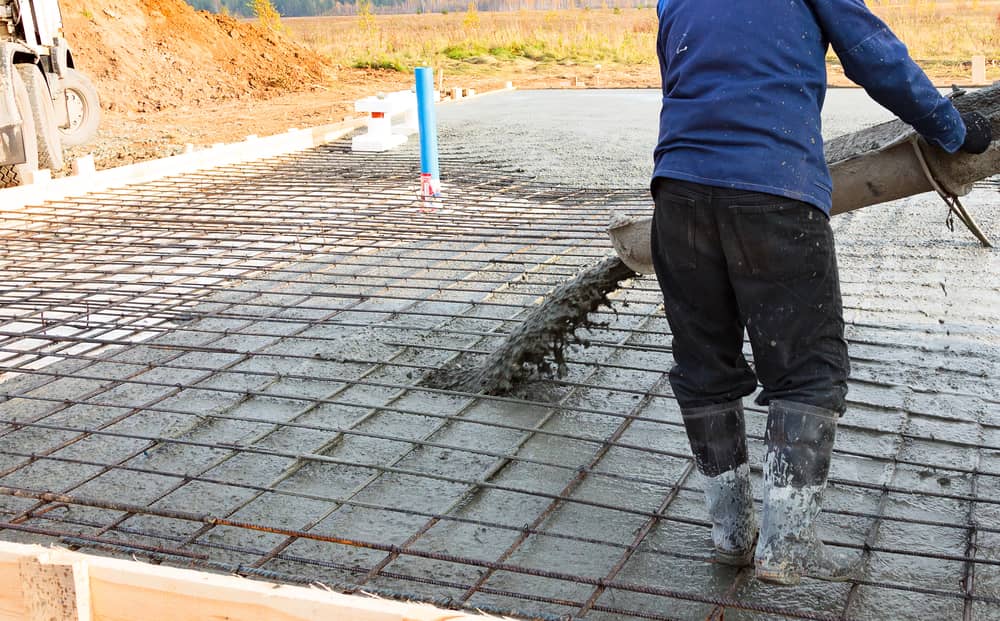As a leading concrete supplier in Columbia, South Carolina, we are proud to offer excellent concrete products to construction sites in and around Columbia and Charleston. Not only do we deliver top-notch products to our customers, but we also want to help guide them to success on all of their commercial construction projects. One of the most important things to be prepared for when you place ready-mix concrete at your construction site is the possibility of running into existing utility lines. Knowing how to safely place concrete near utility lines could be the difference between facing enormous costs along with a huge mess, and having your project go smoothly.
Obtaining the Required Permits
To avoid facing any fines for starting your project without the proper authorization, you’ll need to obtain the proper permits by communicating with the municipality you will be working in. At least two days before you are scheduled to begin digging, you will need to call 811 to contact your local Before You Dig Center outpost. A Before You Dig Center worker will visit your construction site equipped with a complete history of any utility placement and tools to locate them at the site. They will mark out the locations of gas lines, sewers, and any other essential utilities you’ll need to avoid.
In some cases, you may find the completion of your project depends on redirecting the existing utility lines around where you will place your concrete. This can end up causing some complications and delays, but it most likely won’t upend your project altogether.
Safely Placing Concrete Around Utility Lines
When you have your lines clearly marked out, you will be able to start preparing the area for your concrete placement. Be sure everyone working on your site clearly understands the meaning of the markings and no one digs past the marked posts. Normal concrete placement procedures will commence from here, but with extra caution to ensure no utility lines are damaged. You should be especially careful when digging around gas lines, and any work that involves sparks or flames should be avoided in these areas just in case a leak occurs.
Make sure the dirt at the base of the concrete placement site is fully compacted to prevent absorption and expansion that could crack water or gas lines. You can also prep dirt trenches by filling them up with sand or gravel first, creating pressure on all sides to thoroughly compact the dirt and prevent concrete from seeping into cracks. Once your base and trenches are ready, you can place your concrete.
To get the right concrete for any given project, turn to Knight’s Redi-Mix. We have multiple ready-mix concrete plants where we formulate concrete that will work perfectly for your project. We are also able to delivery your custom mix right to your site thanks to our full-service trucking and pumping divisions. Contact Knight’s today to help you get your job done right.

